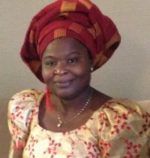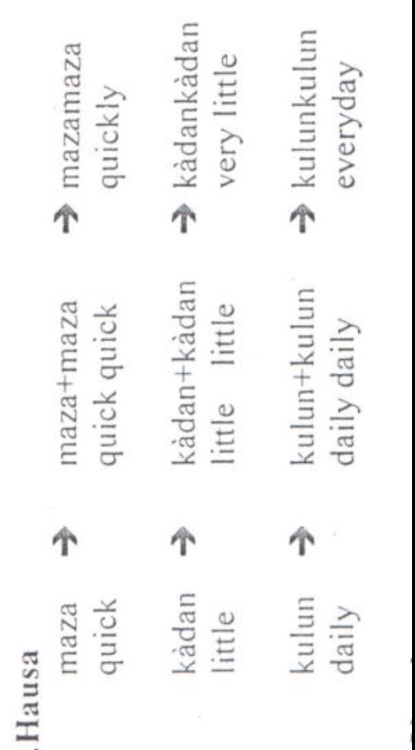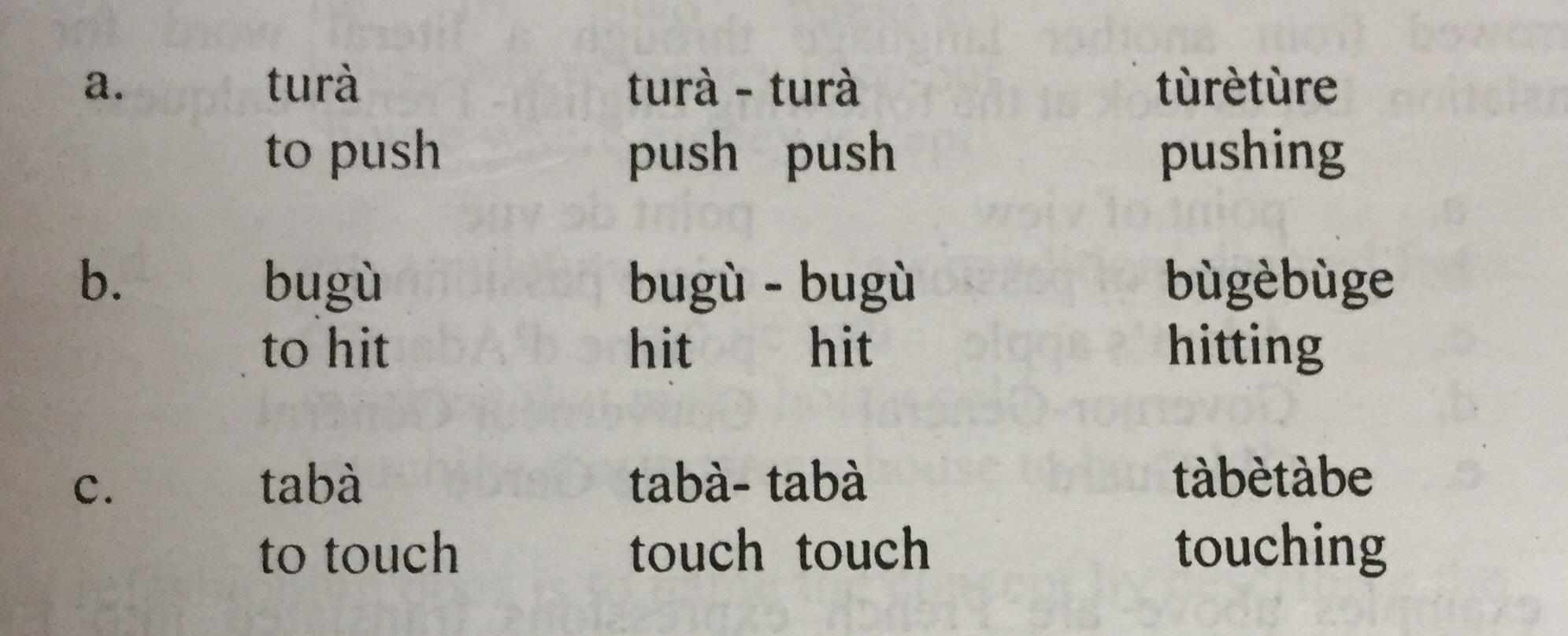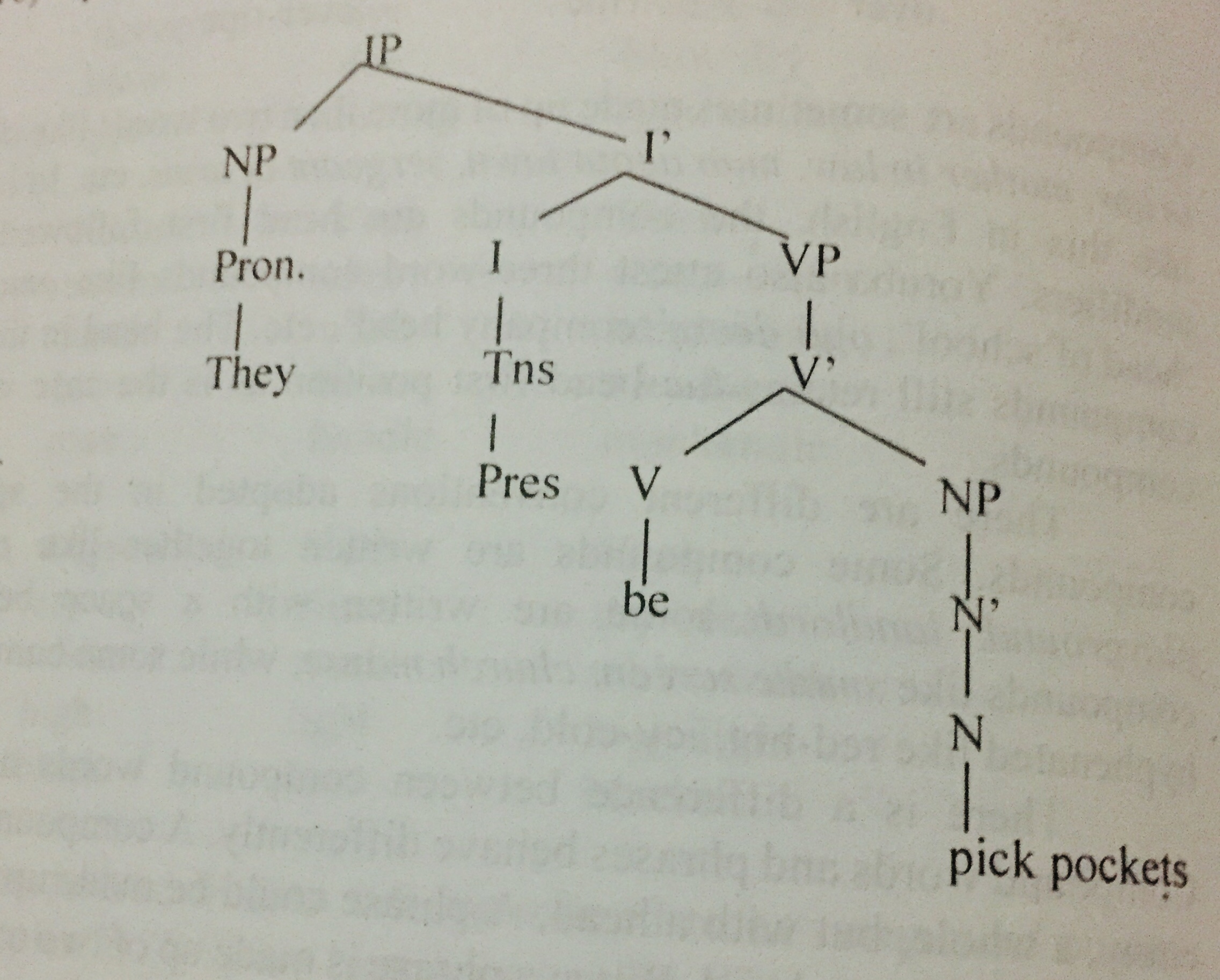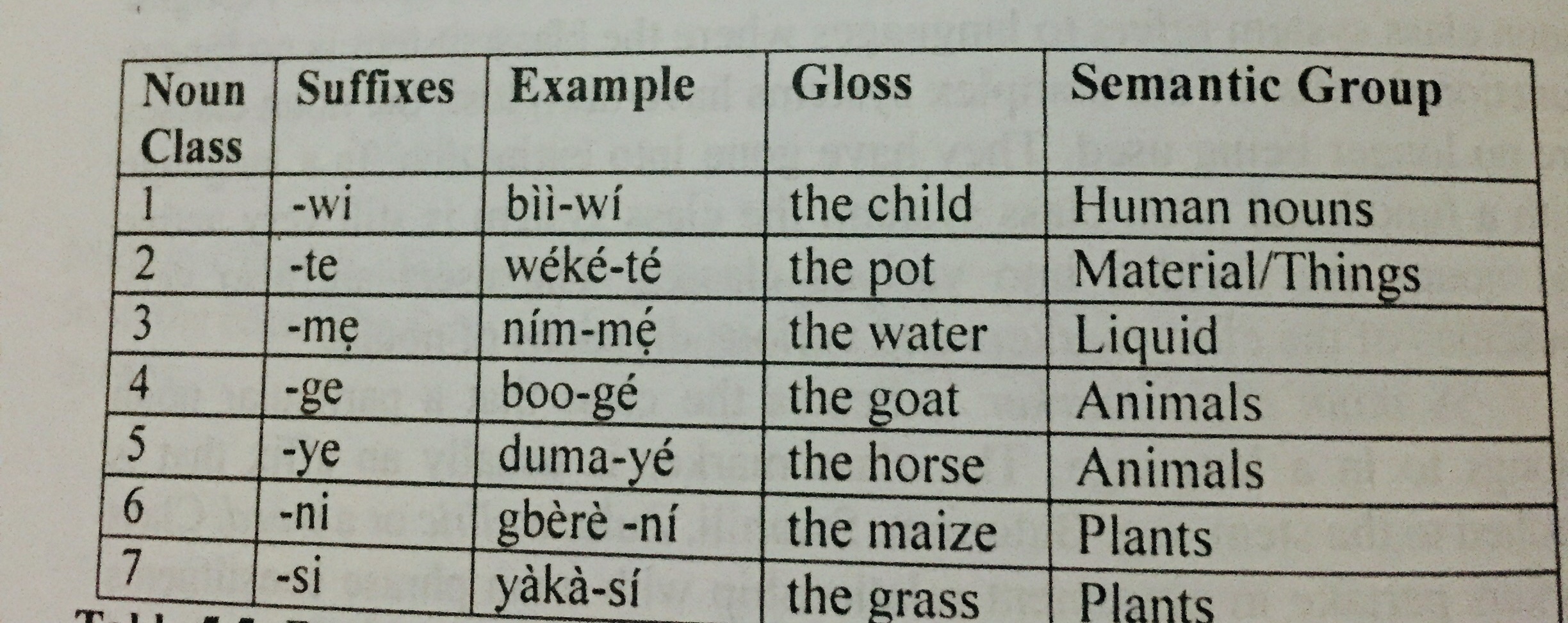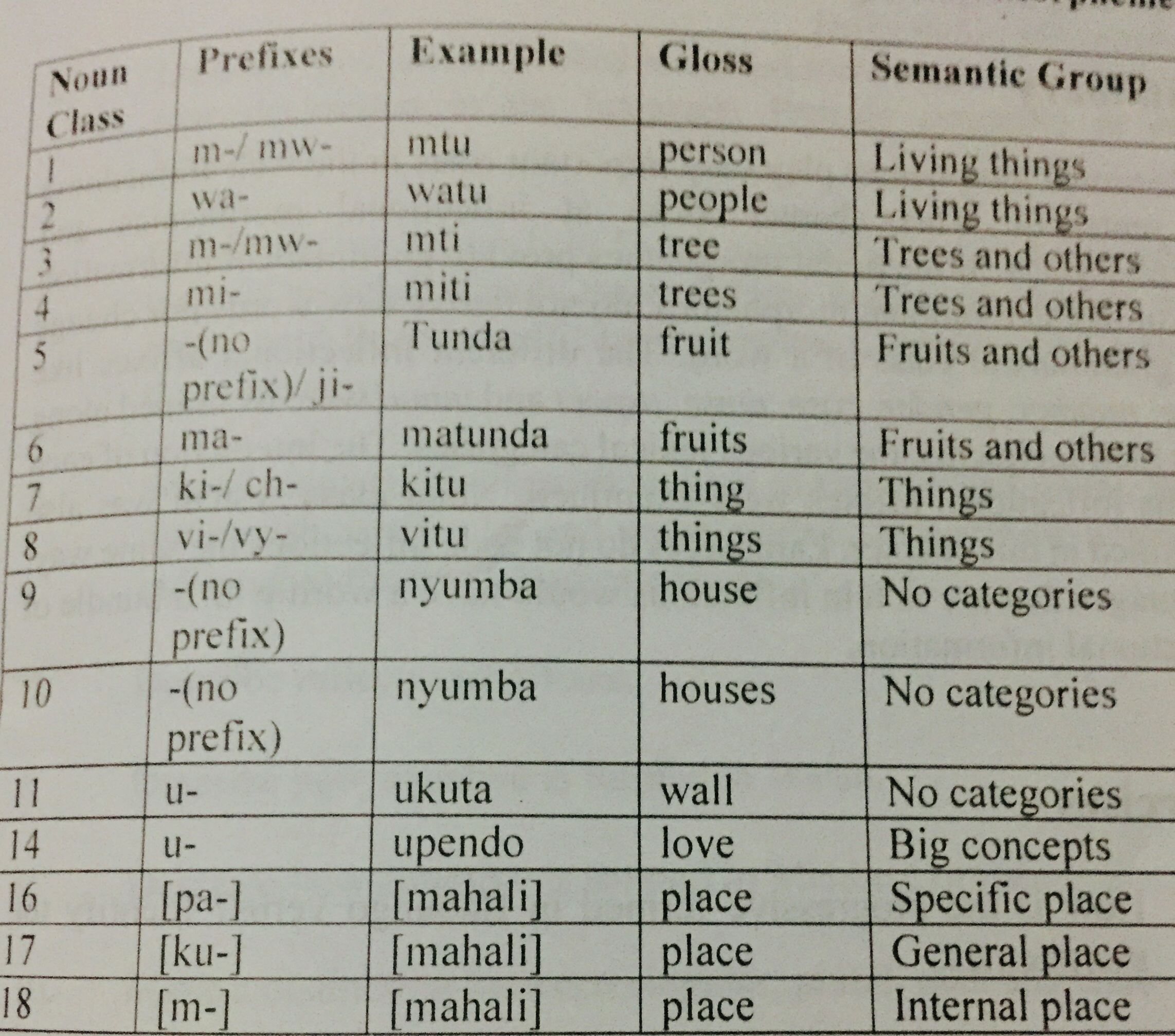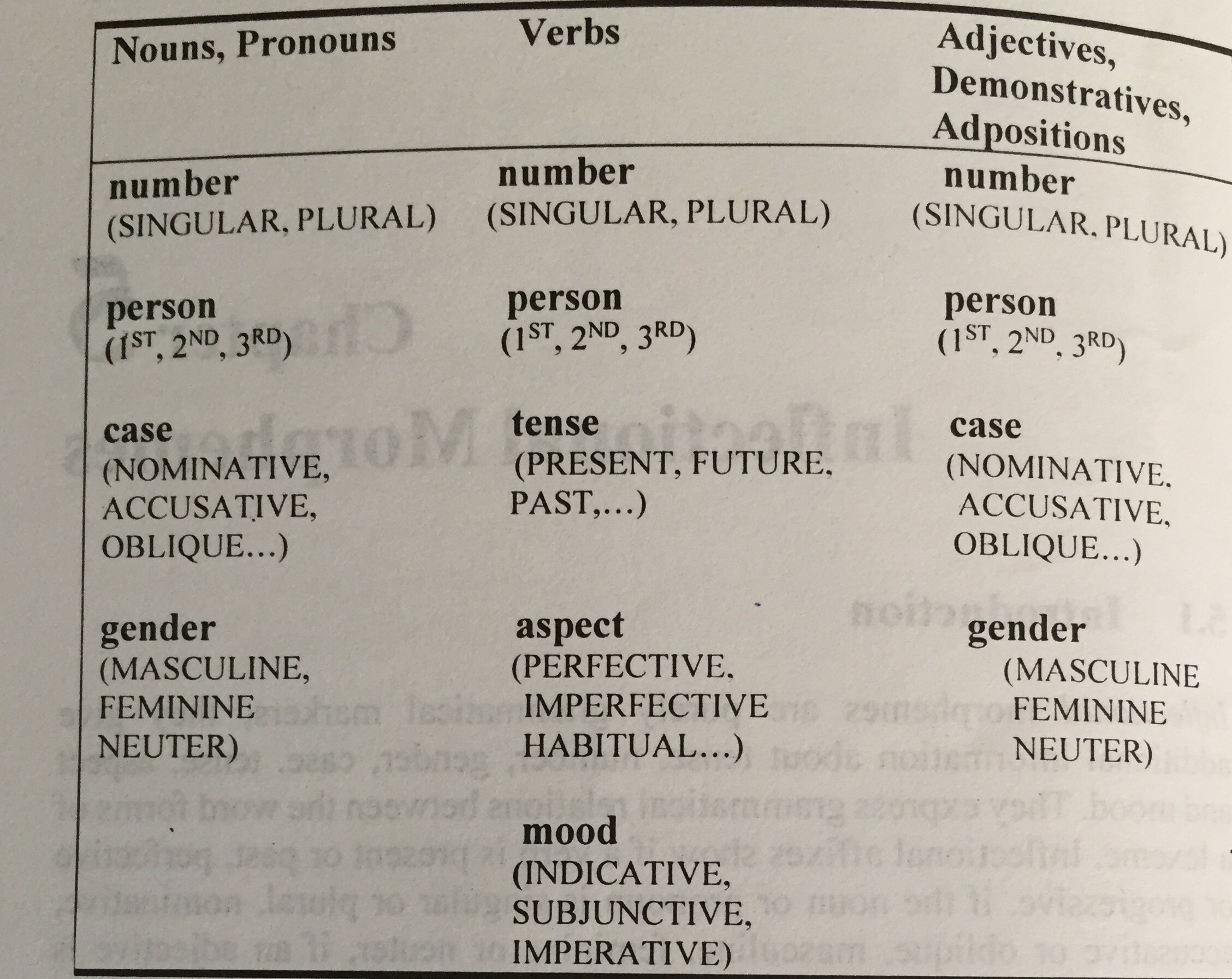Reviewer: Kola Ologbondiyan
A Review of Owe Bilingual Dictionary Authored by Dr. Bolanle Arokoyo
Protocols
Let me begin by saying that I consider it a great honour to be invited as the reviewer of this unique and record breaking Owe Bilingual Dictionary put together by our own very dear sister, Dr Bolanle Elizabeth Arokoyo (nee Baiyere).
Before we go into the review of our novel bilingual dictionary, permit me to say a few things about the author whose depth of knowledge has brought all of us together this afternoon.
I have known Dr Bolanle Arokoyo for many years. Dr Bola’s parents, Late Pa Eisakan (Eghinsakan) Baiyere and Ma Bamidele Baiyere lived in Odo-Akete quarters (then the most cosmopolitan quarters in Oweland) before moving to Kajola.
Pa Baiyere, a Catholic, was calm, genial but strict and I remember his barefaced love for the truth as well as his medical care for Odo-Akete children and elders.
These attributes made it imperative for all to turn his new Kajola residence to an extension of the departed Odo-Akete long after he moved to then attractive new layout Kajola.
The calmness of Baba Ade and Momo Alisi (Alice) emerged strongly in Bola and has provided her the impetus to bring out this long sought dictionary of Owe language which, without doubts, every user will find as a companion. Congratulations Dr Bolanle Arokoyo!
Before I proceed on my assignment, Iet me recall a judgement delivered by one Owe successful businessman during a squabble between one of his children and his youngest wife.
Many of us here will recall that in our growing up days in Oweland, it was the duty of young men to pick the pestle and pound yam. This was not because the young men were inferior to our sisters but as a mark of strength.
The businessman’s youngest wife had called on his husband’s young sons for yam pounding but one of them ignored the call.
In line with the noble tradition of those days, his own boiled yam was abandoned in the pot. He was expected to pound his portion or eat it as yam.
When the soup was served and each person picked his or her ‘pana’he’ to devour the pounded-yam, the one who refused to join in the pounding rose to demand his own share and was rightly told to check in the pot.
Then he put up a fight claiming a right to his share of the pounded yam. The businessman left his own food and came to make peace.
“K’abi ya mo?”, he asked.
Then each side narrated his and her accounts. He (the businessman) then asked which of his sons participated in the pounding and he was told that the person who came on holiday from the University.
He then turned to the son who refused to join in the pounding and asked; “Nje omo unibasity ba ghun’yon, se O ye omo primary nghe ghan je, e ro arun aaah?”
The moral of this story is to let you know that the author of Owe Bilingual Dictionary, Dr Bolanle Elizabeth Arokoyo (Nee Baiyere), holds a PhD in Linguistics. She has many professors and several End of Learning holders at her fingertips to call upon as reviewers but she has humbly allowed a graduate of English to review her works. Y’ani ro ma’run l’oruko Jesu Kristi Oluwa wa. Amin.
What is Owe?
Owe is the verbal means of communication used by native speakers of Kabba in Kabba-Bunu local government area of Kogi State.
It is a variant or dialect of the unifying Yoruboid group in Kwa family of the Niger-Congo.
The term Owe is both descriptive and referential as it addresses the speakers of the language as Owe just as Chinese speakers are called Chinese.
Owe has noticeable phonetic differentials with similar dialects of neighboring Bunu, Ijumu and Yagba.
Owe also shares similarities in words and meanings with the language spoken in some parts of Akoko in Ondo State and a quantifiable areas of Ekiti State like Omuo, Ipao, Koro etc under the sub-name of Mo r’Okun.
Owe, Bunu, Ijumu, Yagba and Oworo have code-named the variants of the Yoruba spoken in their domains as Okun-Yoruba in a bid to strengthen their common identity and for the purposes of political expediencies.
Speakers of Owe acquired the language either as first speakers through our births or second speakers by learning. Majority of those gathered here this evening are first speakers.
Some 30 years ago, precisely 1987, Professor Jide Timothy-Asobele, an erudite scholar, who teaches French in the glamorous University of Lagos, told me he was working on a dictionary in Owe language. I don’t know if he succeeded.
He said there was “an urgent need to safeguard the Owe language from going into extinction. If we do not do anything about Owe, I can assure you that in another 50 years, Owe, as we speak it today, would have gone into extinction.”
I still recall how strongly I felt by Prof’s choice of words; “Owe language going into extinction.”
Painfully, I stand here to confess that 30 years after Professor Asobele’s prophecy, none of my own children can successfully greet “K’owuro!” in Owe language though they are named Olorunlogbon, Oloniete and Ibihunwa.
Very recently, I visited my children school and we found ourselves in the company of other parents and students.
Majority of the parents recursed to their native languages in order to get ‘private’ with their children but behold I had no choice than to address my children in English language.
Many of us seated here have found ourselves in this language quagmire and have been wondering how we made this parental slip and how do we make corrections.
Owe Bilingual Dictionary by Dr Bolanle Elizabeth Arokoyo (Nee Baiyere) represents the quick fixes for every Owe parental gaffes. This book has arrived at the nick to time to help our children acquire the use of Owe as first or second language of communication.
A Review?
Let me quickly explain that though my role is to review Owe Bilingual Dictionary, I have come to present it to you instead of a review.
A review is a critic based on knowledge and drawing comparisons from similar works. There are several bilingual dictionaries in many languages but not in Owe to English or English to Owe.
More so, our sister, Dr Bola Arokoyo is doing something novel to assist us in preserving our language, custom, identity and heritage. I will therefore try as much as possible to limit myself to the book’s presentation and not a critic.
However, I promise to put my criticisms together and forward to her before she would come out with the second edition of this great work.
Dr Arokoyo’s dictionary is a 217-page book containing a collection of words in Owe language arranged alphabetically with information on definitions, usage and translation.
It begins with five page prefaces consisting of the opening page, Dedication, Acknowledgement, Foreword, Contents, List of Abbreviations, Overview, Owe Dialect and Speakers as well as the Map of Kabba Town all marked in Roman’s numerals.
The main part of the book is divided into two parts containing about two thousand (old, modern and contemporary) words in Owe language translated into English as well as words of about the same quantum in English language translated into Owe for easy usage.
Pages 1-108 contains words in Owe language translated to English while pages 109 to 172 has English words translated to Yoruba.
The sentence structures exemplifying words are simple and could be used by pupils in Primary or Grade 4 provided they read and write.
It is important to state that many Owe words used in the dictionary have undergone the dynamics of every language. They have become anglicized or yorubanized
Words like ‘ipin’ has taken the place of ‘minimini’. ‘Ipin’ has its origin in Yoruba while ‘minimini’ is Owe. ‘Kapinta’ has replaced ‘kafita’; ‘Obe’ has gained a stronger usage that ‘uhin’, ‘ogolo’ or ‘ake’. Many of such words abound in the dictionary.
The Appendix pages begin from page 173 and closed on page 217 as eight of these pages possess colourful pictorial illustrations of the Parts of the Body; Fruits; Food Items; Animals; Household Items and the Owe Alphabet chart.
Meanings are also provided for every word while their identification of functions like noun (n), verb (v), adjective (adj), conjunction (conj), pronoun (pro), preposition (prep) etc are also given.
Ladies and gentlemen, Dr Bolanle Arokoyo has done a great service to all Owe and I charge her to proceed further by providing us ‘Owe for Early Beginners’, ‘Short Stories in Owe’ and other similar books that will recreate the Owe Values and preserve our very beautiful Owe language.
Kindly pick a copy for yourself, husband/wife, children and friends and pay handsomely to support this great work.
I thank you all for listening and God bless you.
Owe a hon gha l’oruko Jesu Kristi Oluwa ati Olugbala gha. Amin.
Bibliography
Arokoyo, Bolanle Elizabeth. 2017. Owé Bilingual Dictionary. Oregon: Living Tongues Institute for Endangered Languages.
